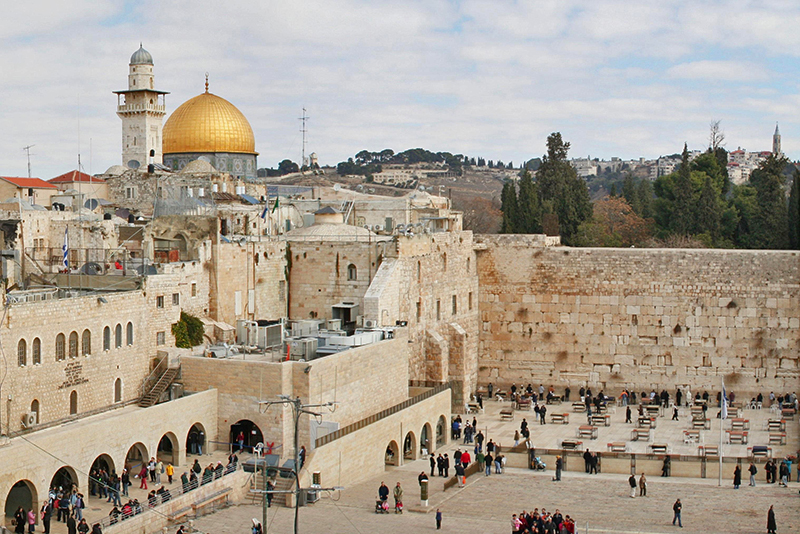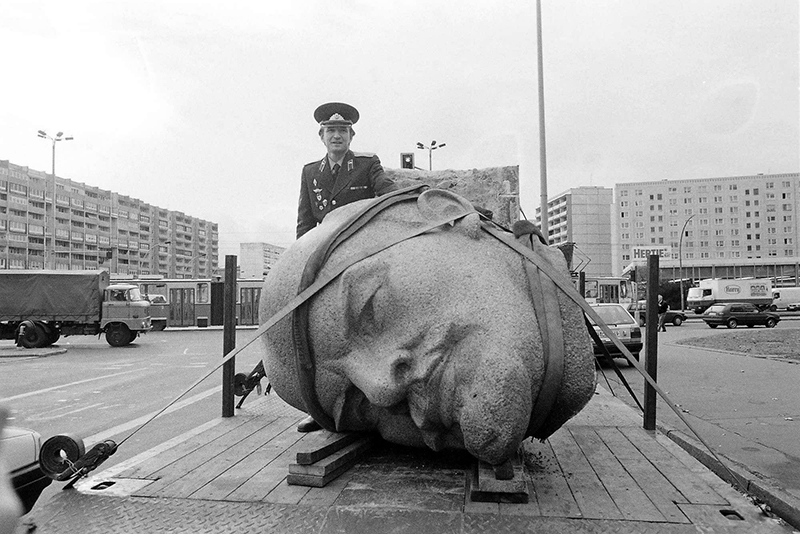
The Temple of Solomon was destroyed by Nebuchadnezzar in 586. The Jewish people were then expelled from their native land. Ten percent of the population was forcibly deported to the Neo-Babylonian Empire. When the opportunity presented itself to build the second temple, it was admittedly half the size of the one built by Solomon.
The construction of the second temple began immediately after the return of the Jews from the Babylonian captivity (from 598 to 539 BC). The Bible contains a touching indication that the people building the second temple cried when they saw the ruins of the old one.

Undoubtedly, the return of the Jews from the long-term captivity in Babylon was perceived by the entire nation as a holiday, filled with tears.
The second temple, built in 516 BC, survived until 70 AD.
In the second century BC, after the collapse of the famous Empire of Alexander the Great, Judea belonged to the Seleucid dynasty, founded by Seleucus, one of the great conqueror’s commanders.
Various representatives of this dynasty treated the Jewish religion differently. Some kings helped the temple by making significant donations, while others treated it with disdain. For example, in 167 BC King Antiochus IV Epiphanes (215-164), pursuing an insane policy involving harsh Hellenization of Judea, forcibly installed a statue of Olympian Zeus in the Holy of Holies of the Jerusalem Temple. An uprising immediately broke out, resulting in a whole series of military clashes known as the Maccabean Revolt. Eventually, Israel regained its independence, but the temple was seriously damaged several times during these wars. In the 60s BC, when Jerusalem was captured by Roman troops led by Pompeius (106-48 BC), the temple again suffered serious damage and was largely destroyed by 20 BC.
King Herod I the Great (c. 74–4 BC), who imagined himself to be the new Solomon, then implemented an ambitious project for the radical reconstruction of the second temple. He set himself the task of restoring it in all its former splendor and grandeur.

There is an ancient work by Flavius Josephus, describing the history of this reconstruction. Flavius writes that in order to deliver all the materials necessary for the project, Herod ordered thousands of carts to be prepared in advance for transporting stone, mined in the Judean desert not far from Jerusalem. Notably, all of today’s Jerusalem is built of the same characteristic white stone. A central reconstruction plan was drawn up, according to which the work began.
The temple really turned out to be colossal in size. Josephus Flavius notes that standing on its high walls caused dizziness. Besides being the main sacred place in the city, the reconstructed temple of Herod became an important fortification object, surrounded by giant walls. The now famous Wailing Wall is a part of one of the western walls of the former fortress.
Interestingly, the so-called Solomon’s porch, mentioned in the New Testament, appears in the temple after the reconstruction. It was a designated place where people gathered to listen to interpretations of the Scriptures. Christ and the apostles also preached there at one time.

This imposing temple complex was destroyed in 70 AD by the Roman general Titus, after a major uprising broke out in one of the provinces.
We can also learn about these events from a book by Flavius Josephus titled The Jewish-Roman Wars. The temple complex was so well fortified that the Romans, breaking into the city, were unable to capture it for several months. When they did, however, everything inside the temple (treasures, golden vessels used for various rituals, including the famous golden seven-barrel lamp) was taken to the capital of the empire.
The triumphal arch of Titus exists to this day and is located not far from the Colosseum in Rome. It depicts captive Jews, numbering, according to Flavius, to about a hundred thousand.
Since that time, sacrifice, the most important religious practice in Judaism, has ceased.
There are presently two Islamic shrines on the Temple Mount, the Al-Aqsa Mosque and the Dome of the Rock (often mistakenly referred to as the Mosque of Omar), a magnificent golden tent, built by Byzantine craftsmen at the request of Muslims.
Jerusalem was in desolation until Queen Helena (250–328), the mother of Emperor Constantine the Great, arrived there in 326. According to legend, besides discovering the True Cross and other shrines associated with the suffering and resurrection of the Savior, St Helena ordered the construction of a basilica in honor of the Presentation of the Most Holy Theotokos, at the very place of the destroyed temple, where the Mother of God was brought up.
Translated by The Catalogue of Good Deeds
Source: https://foma.ru/hram-v-kotoryiy-voshla-bogoroditsa.html




